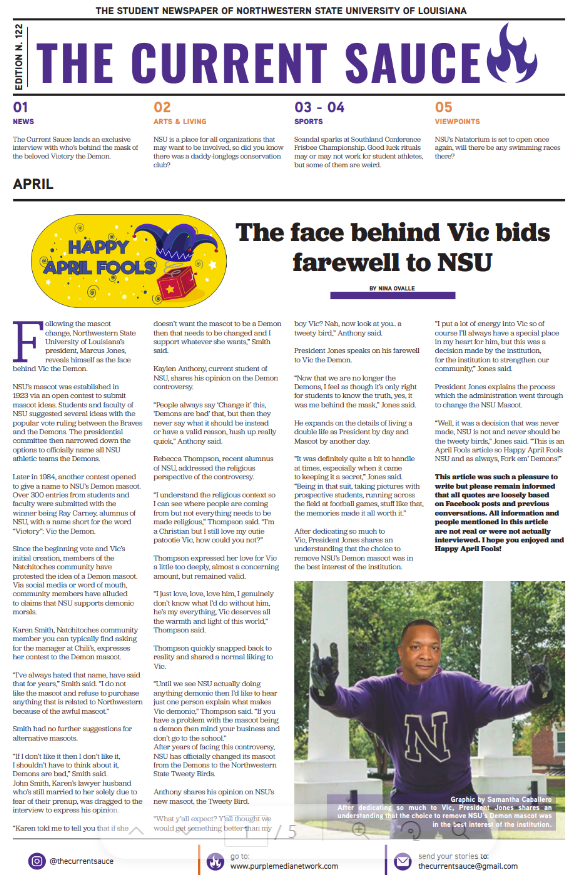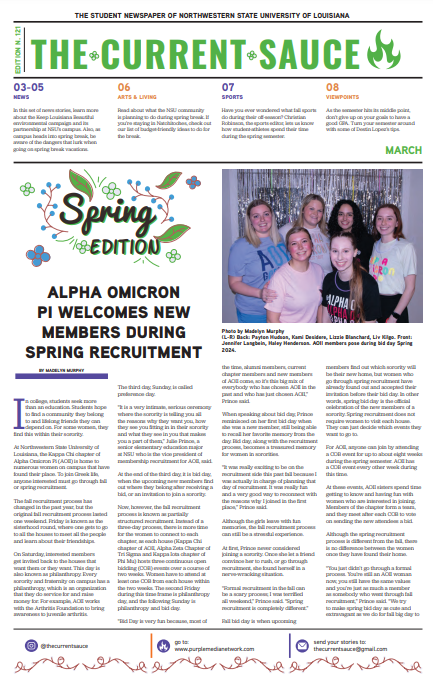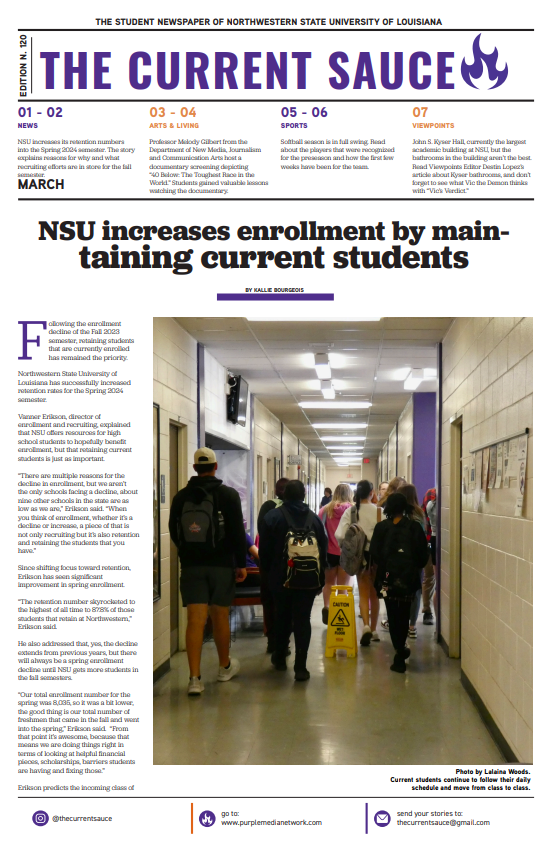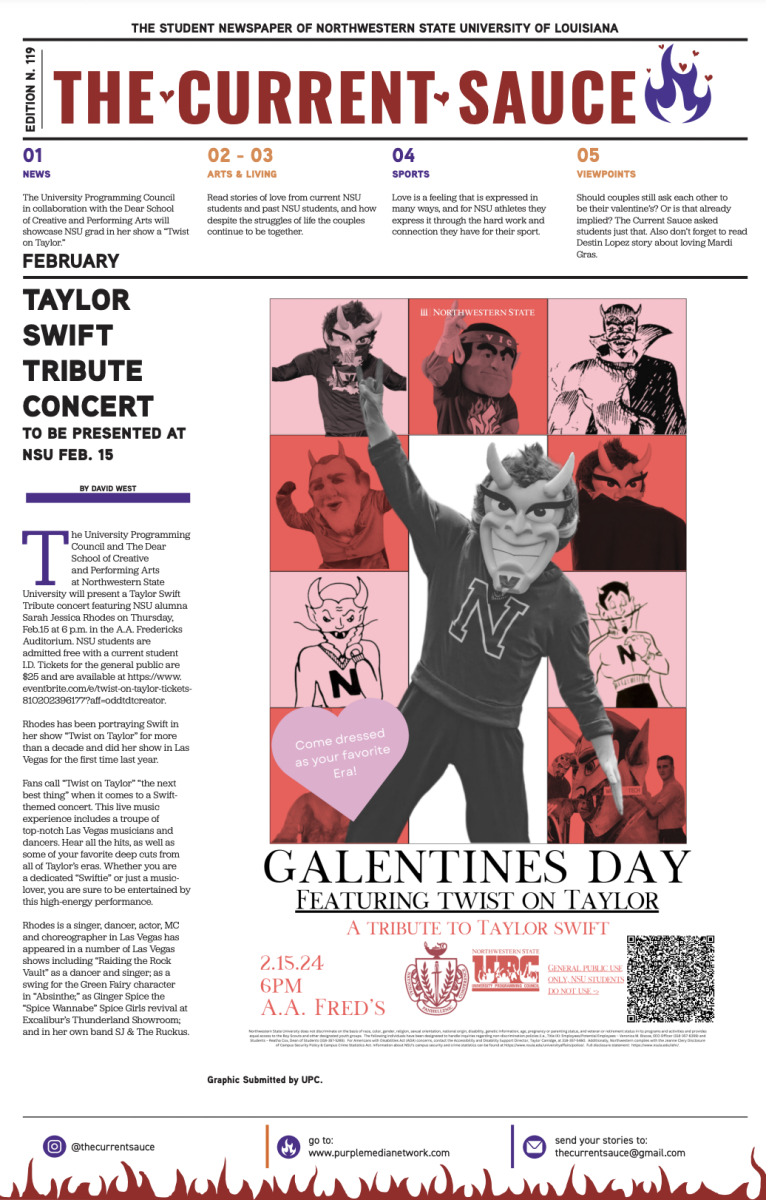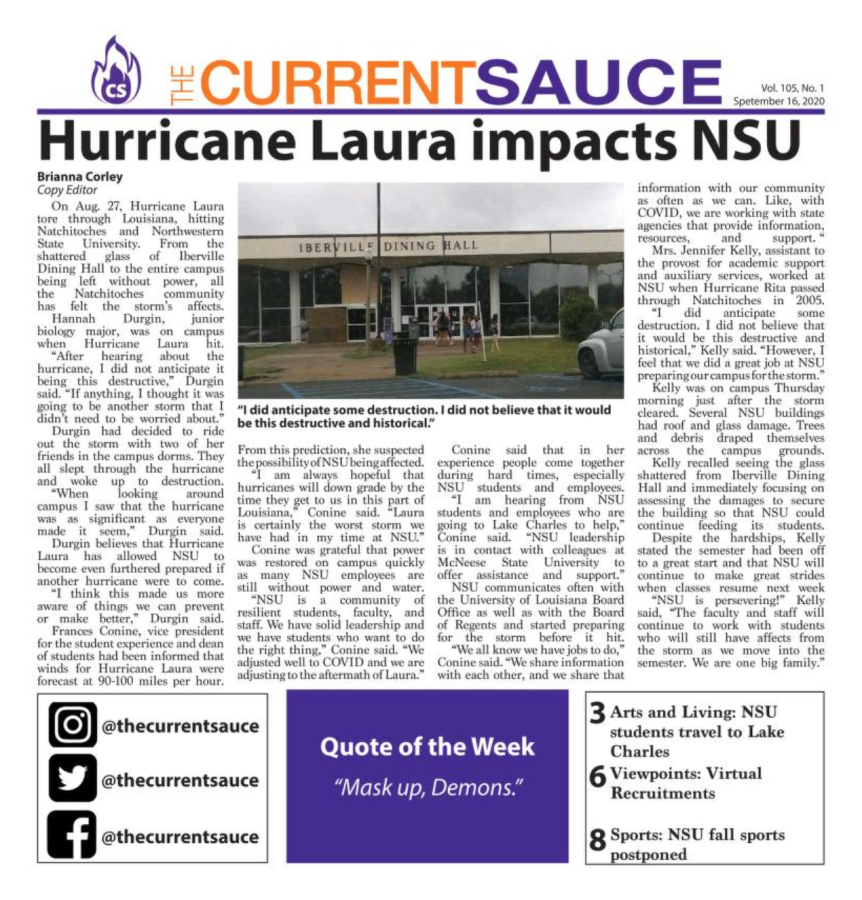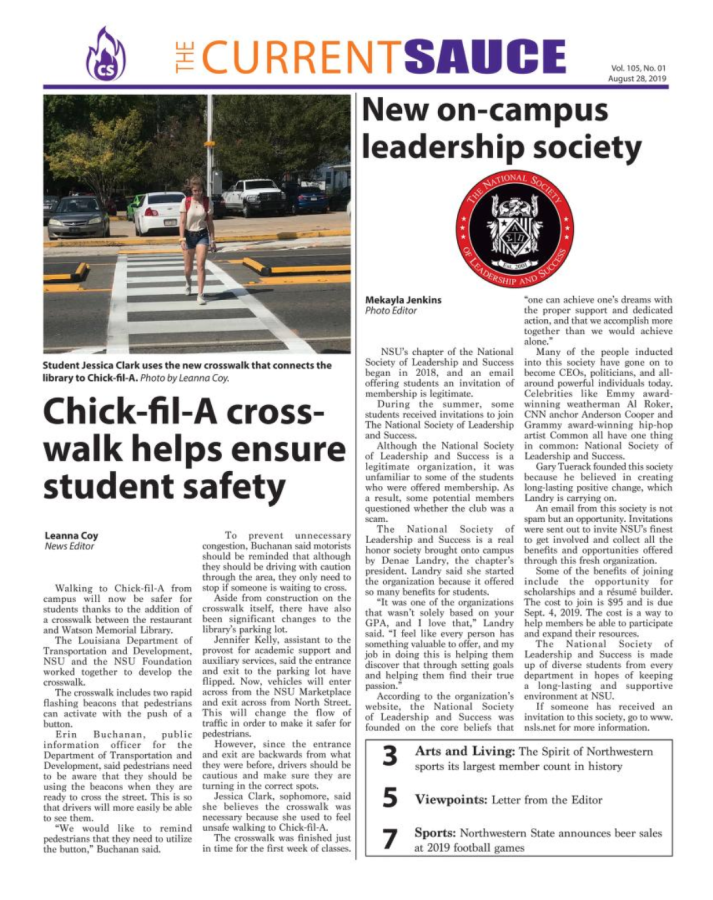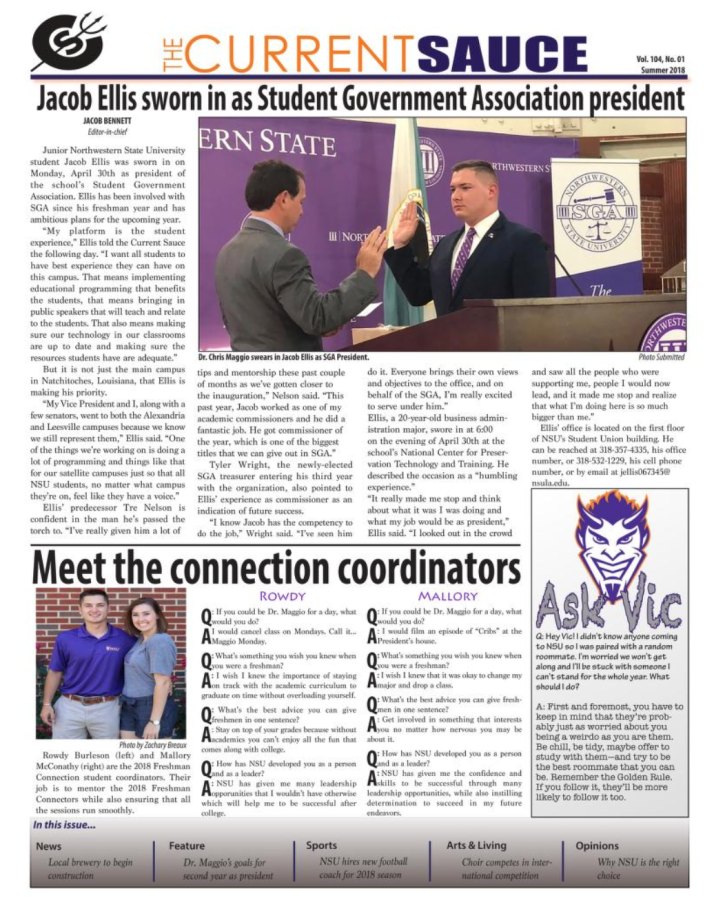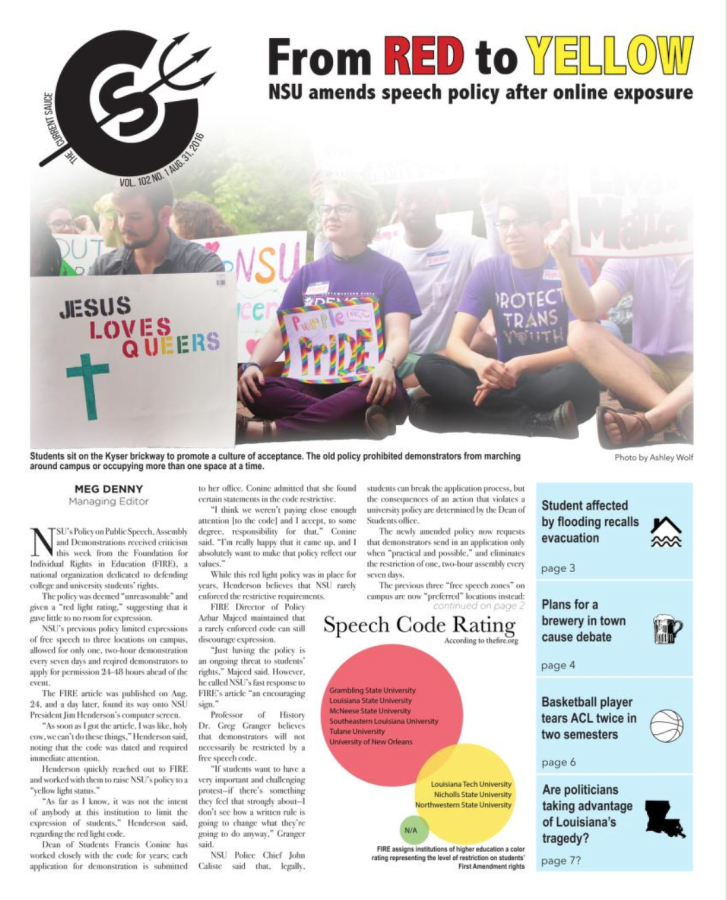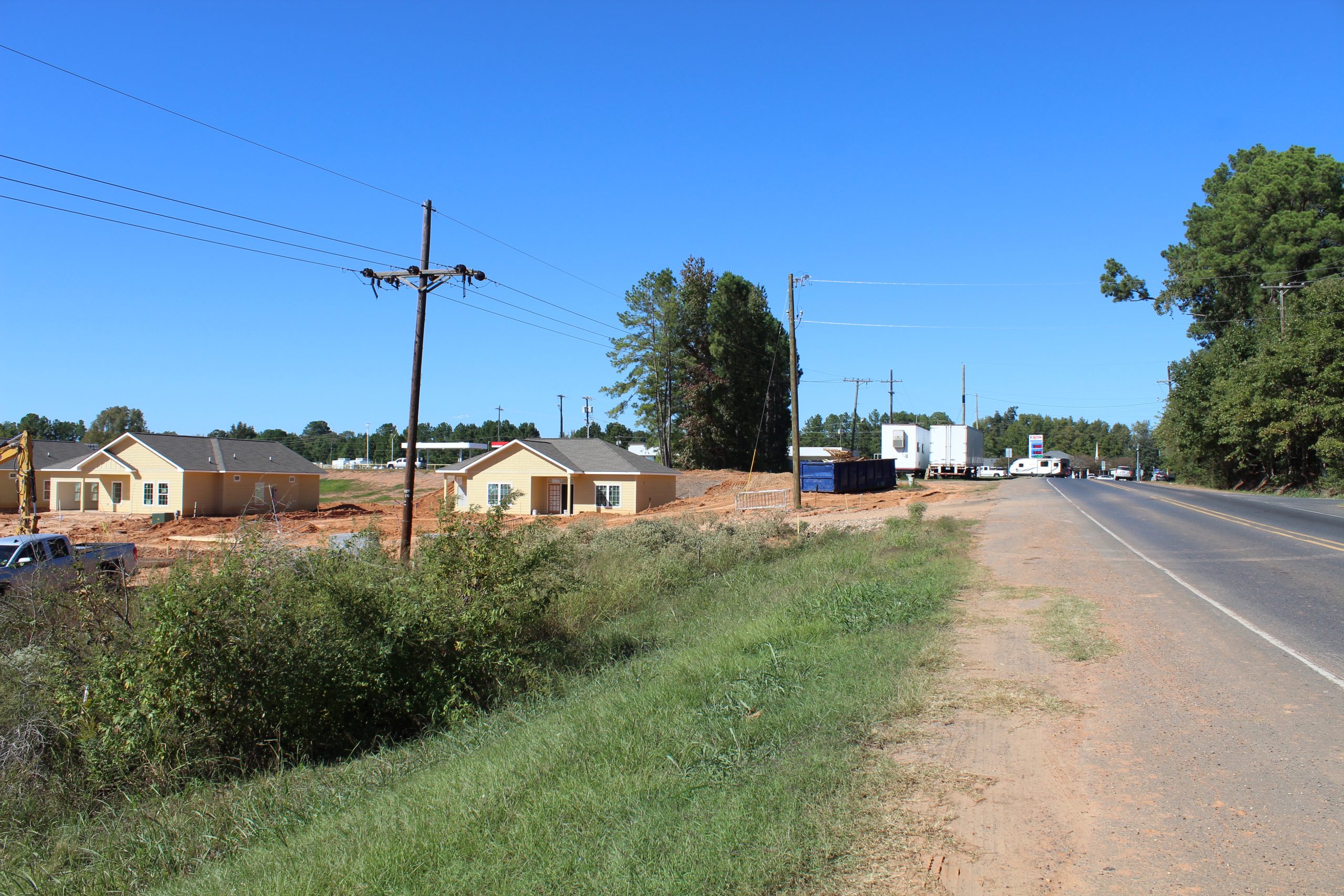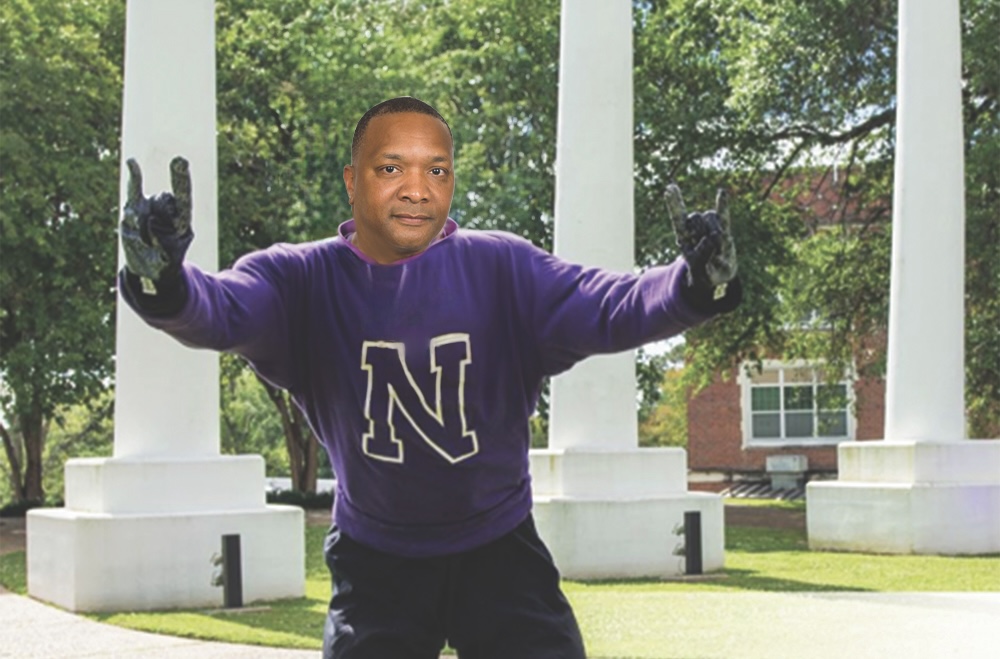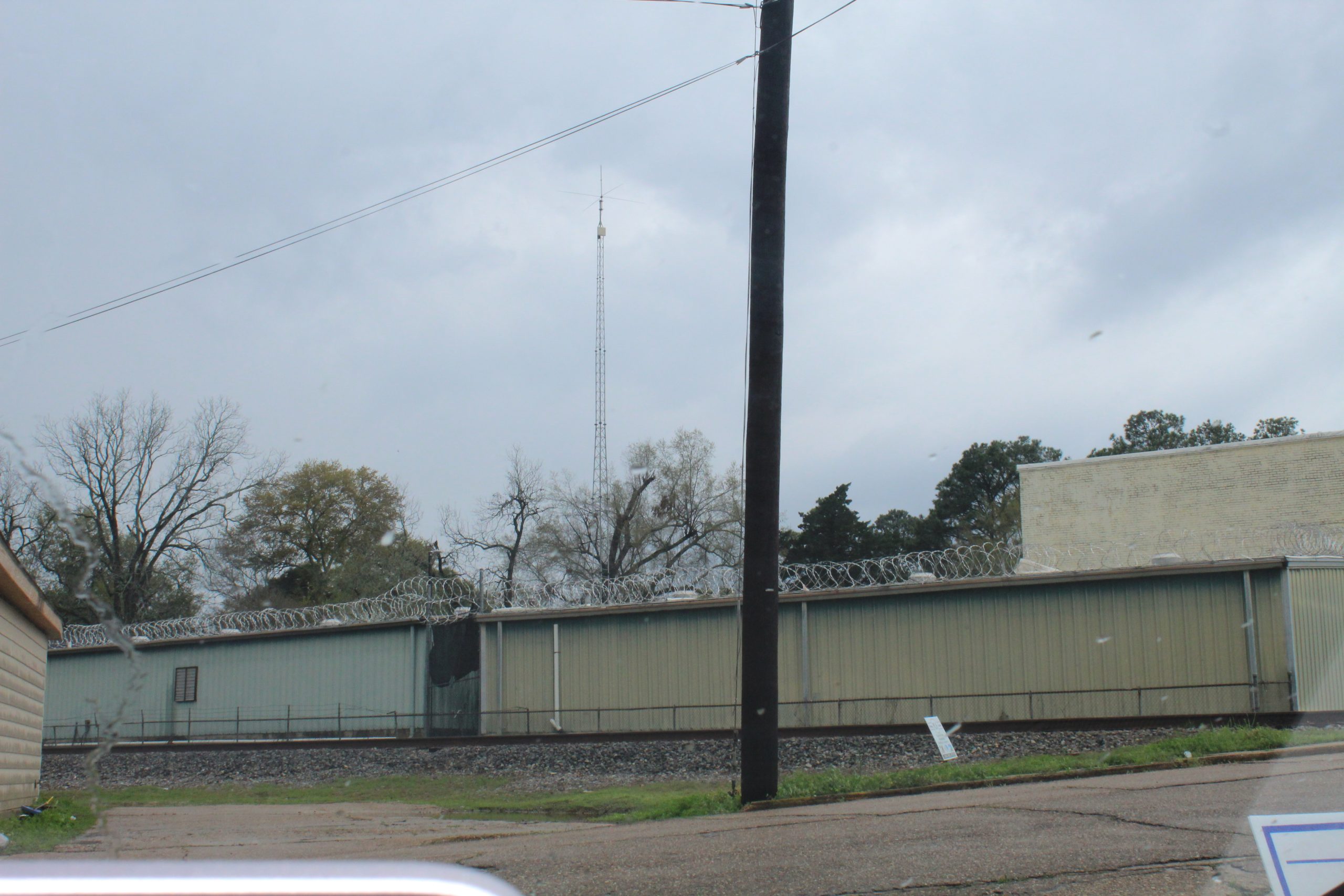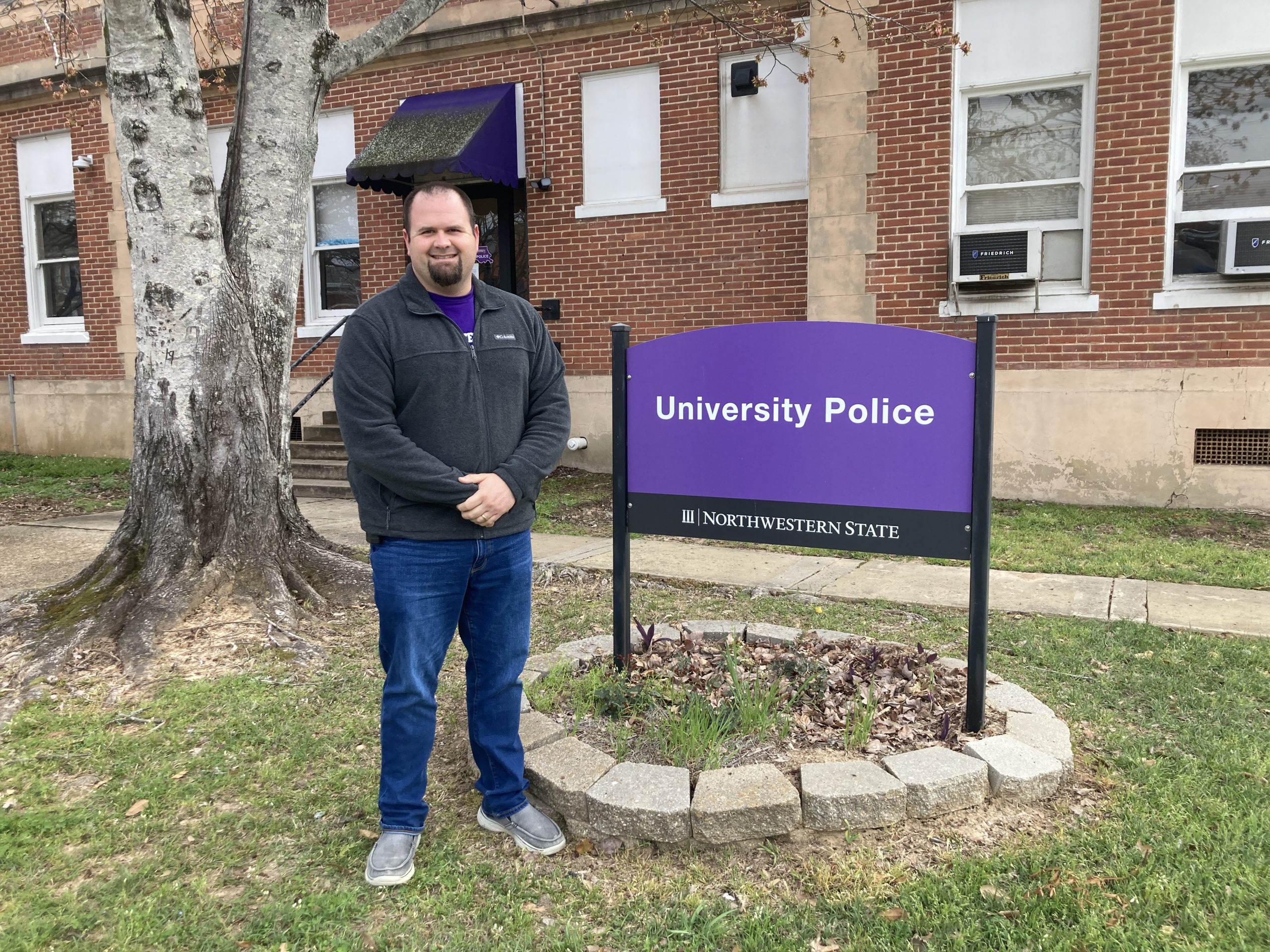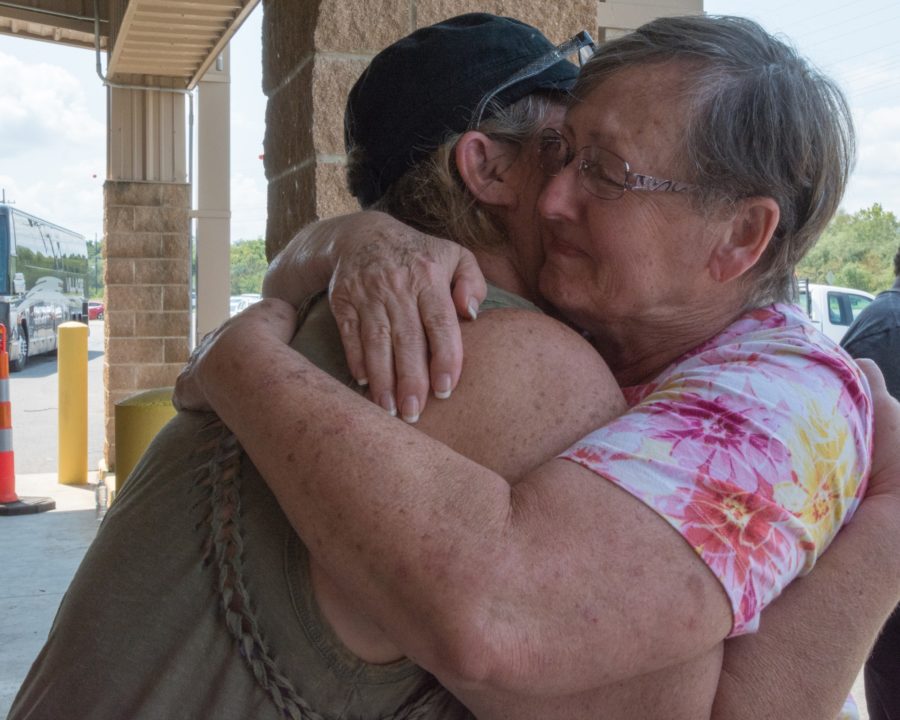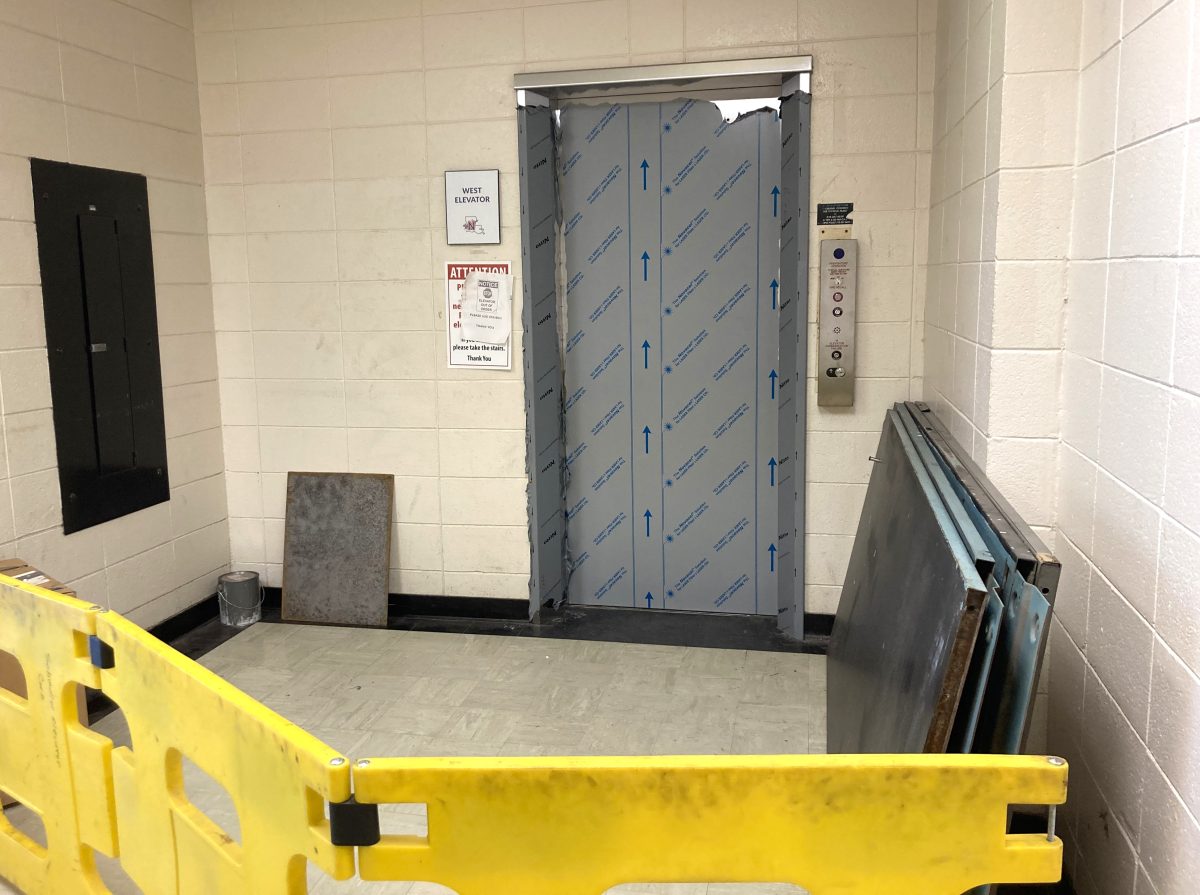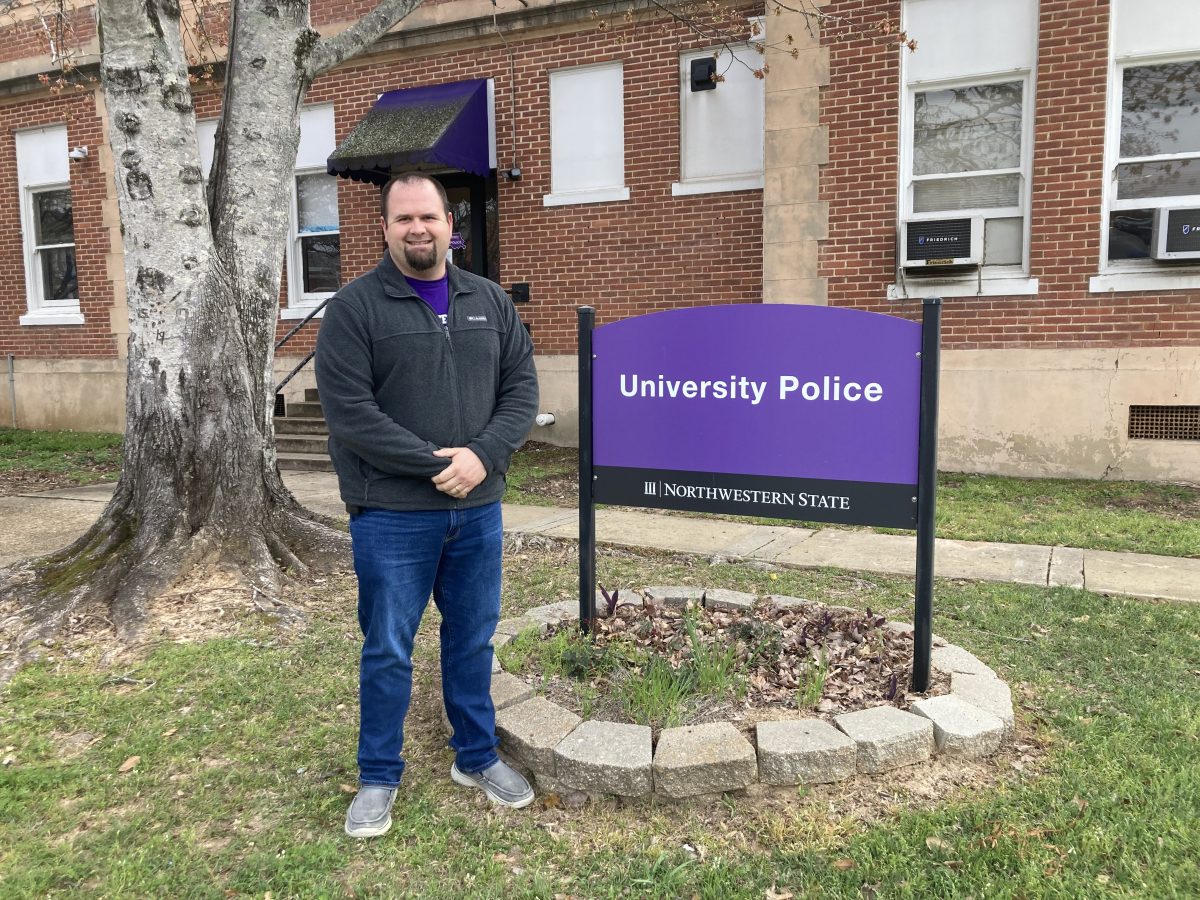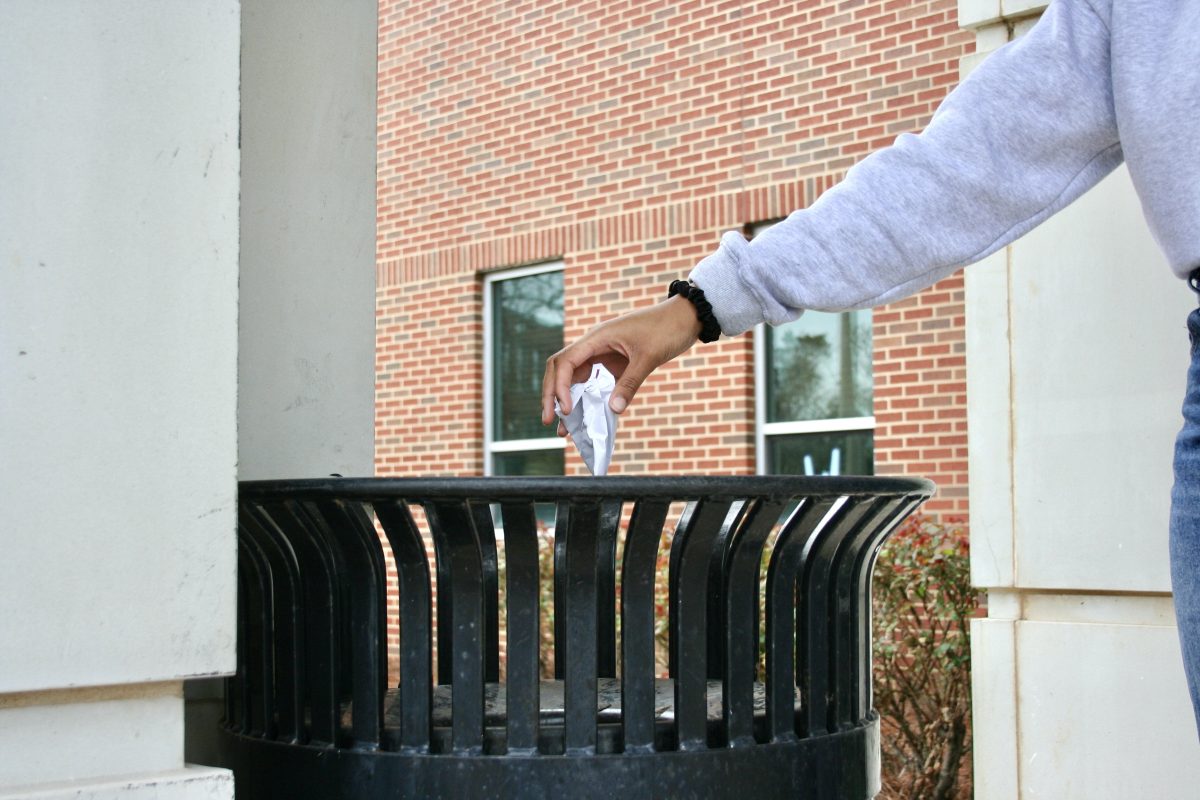Days before the 12th anniversary of Hurricane Katrina, what began as Hurricane Harvey strengthened into a Category 4 hurricane in the Gulf of Mexico, devastating areas of Texas and Louisiana as it made landfall Aug. 25.
Named on Aug. 17 by the National Hurricane Center, Harvey first raised alarms for islands in the Caribbean such as Barbados and St. Lucia. Though the cyclone’s power decreased, it regained momentum as it traveled through the gulf.
Harvey swept through Port Aransas, Texas, with a top wind speed of 132 miles per hour, and as it continued inland to Houston, Texas, the storm was quickly labeled as the most severe to hit the U.S. in more than a decade.
The National Weather Service reported Cedar Bayou, Texas, received 51.88 inches of rain; this amount breaks the previous record from 1978 of the most rainfall from a single storm in the continental U.S. Other areas such as Beaumont received 47.35 inches of rain.
Gov. John Bel Edwards declared a state of emergency for the entire state of Louisiana on Aug. 24 in preparation of Harvey’s impact.
Downgraded to a tropical storm, Harvey first struck Louisiana in Cameron Parish. Residents were encouraged to evacuate due to the dangerous possibility of storm surge and immense flooding.
Natchitoches Parish as well as several other parishes in the state also declared a state of emergency, though the eventual outcome of Harvey was not as severe as expected.
As emergency services and volunteers such as the ‘Cajun Navy’ began search and rescue, mega shelters opened their doors to Houstonians and residents of affected areas. Flooding across Texas displaced thousands; CNN reported that more than 72,000 people were rescued, and BBC News stated 43,000 are living in shelters.
Members of the National Guard were deployed to areas of southwest Louisiana to assist local emergency services and the Department of Wildlife and Fisheries in rescuing people and even pets. The Louisiana National Guard Public Affairs Office called it “a tremendous team effort.”
In addition to helping Louisiana citizens, the Louisiana National Guard expanded their efforts to help southeast Texans in conjunction with the U.S. Coast Guard and U.S. Marines Reserves.
Gov. John Bel Edwards said the state is prepared to open its doors to residents of Texas that have been displaced by Harvey; “It’s just the right thing to do,” Edwards said, recollecting as many have about the support provided during disasters such as Hurricane Katrina in 2005.
Harvey leaves in its wake a current death toll of 43, though the numbers are expected to rise as floodwaters recede.
President Trump paid two visits to Houston and another to Lake Charles, Louisiana, as well as pledged $1 million of his personal funds to relief efforts. Professional athletes and sports organizations, celebrities and others have also donated and created campaigns to raise funds for victims.
NSU’s own relief effort team began organizing with the intention of traveling to affected areas over the Labor Day weekend but rescheduled the trip to Sept. 8-10. Dr. Curt Phifer, professor of biology and the primary coordinator of the relief effort team, encouraged students to support local efforts in the meantime.
The NSU Student Government Association donated $10,000 from the Organizational Relief Fund (ORF) “to assist with transportation and hotel costs associated with relief efforts.”
The Student Activity Board will set up areas Sept. 5-7 in the Student Union to donate supplies and goods needed to help those affected by Harvey.
Additional student groups and organizations in Natchitoches plan to host relief drives in the coming weeks.


